Or is there such a thing?
Contents
Do You Need an Elk Arrow?
First of all, let me make it clear that there are enough arrows on the market for hunting elk.
If you’re an experienced bowhunter, you’re just starting to hunting elk, then you may not need to change anything about your current arrow setup.
But if want to move beyond what is simply “adequate”, and find the most effective arrow setup for elk hunting, then it is likely that you can improve upon the arrows that you have been hunting with.
The Constants
Before we talk about selecting a specific arrow for elk hunting, let’s first reiterate what makes a great arrow for any archery or bowhunting pursuit.
Regardless of the type of shooting you’re doing, all arrows should be tough, straight, consistent in weight, and properly spined for your bow setup.
I can’t stress that last point enough! Proper spine is extremely critical, especially when shooting broadheads.
Basic spine charts consider draw weight and arrow length, but there’s more to it than that!
What Makes an Arrow Good, or Bad, for Elk Hunting?
The first consideration for elk hunting is realizing the overall size and bone mass of the animal.
Elk are extremely large animals, with sizeable ribs, shoulder bones, and a large body cavity.
The next consideration is arrow flight. Bowhunters that are new to Western big game hunting should consider perfecting their skills and equipment, so that they can comfortably, consistently, and confidently extend their range to at least 40, and more preferably 50+ yards. A good elk hunting arrow can’t just fly “good enough” with broadheads at 20 or 30 yards – rather, it should fly “spot on” at 50 yards, or more. Ideally this arrow will also resist drifts from cross-winds, which are common in the mountains, and another Western terrain. Three characteristics of great elk hunting arrows… There’s a lot of debate regarding what constitutes sufficient mass arrow weight for elk, but suffice to say, more is typically better! For the arrow weights tested, the kinetic energy tends to be leveling off but still gaining slowly, while the momentum is climbing almost steadily but is beginning to level slightly. Of all the testing done to date, I have not found any cases where the kinetic energy will decrease with increasing arrow weight. There is most likely a point where the arrow is so heavy that the bow cannot efficiently propel the arrow forward, but it is somewhere beyond 1450 grains for the bows tested.” Either way you look at it, beefing up the weight of your arrows is a good idea for big game, such as elk. And, as an added benefit, shooting heavier arrows can significantly quiet your bow down. My current arrow setup weighs 465 grains, and they still fly with plenty of speed and hit really hard, even at longer distances. Light and fast isnot the name of the game when it comes to achieving penetration on elk! Sure, like all things in bowhunting, you can find someone with a story that claims otherwise, but talk to pretty much any veteran bowhunter that regularly hunts elk, and they’ll tell you that they want some weight behind their broadheads. We just discussed why mass arrow weight is a good idea, but where we distribute that weight throughout the length of the shaft is important. Great long range arrow flight comes from proper balance, or should I say imbalanceof the arrow. “FOC” stands for “Front of Center”, which is a way to measure where the arrow’s balancing point is, compared to the center point of the arrow shaft’s length. The arrow should balance (weight) in front of the center (length) of the arrow shaft. How to calculate Front of Center A common FOC recommendation is 7-10%, but for hunting setups, I have had better luck with a FOC of 10-15%. After a lot of experimenting, I settled on an arrow setup that has a FOC of 13%. FOC isn’t a characteristic of the arrow itself, but your arrow and component selection – specifically your shaft length, shaft GPI (“grains per inch” weight), insert, nock, vane, wrap and broadhead choice – will determine your FOC. Therefore, it is important to consider your target FOC when you are selecting an arrow shaft. There has been, over the past several years, a trend to make hunting shafts smaller in diameter. Overall, this is a great thing – especially for elk hunters! Smaller diameter shafts aid in penetration and resist wind drift, especially on longer shots. When a broadhead enters an animal and begins cutting a path through hiding, flesh, and bone, the “hole” created by the broadhead can begin to try to seal itself as the broadhead passes through. The smaller surface area of thinner arrow shafts also helps the arrow “cut” through the wind and makes the shaft less susceptible to wind drift. The larger the sail on a ship, the more wind it will “catch”, and the more it will be steered – the same goes for arrows. (And moving back to my point about arrow weight, a heavier arrow will also resist cross-wind drift, because the momentum of the shaft cannot be altered off-course as easily as a lighter shaft.) I don’t think arrow weight, FOC, and arrow diameter areas critical to whitetail hunters that are taking 20-30yard shots on smaller game, but for someone that is hunting elk, and is considering the possibility of long shots, these characteristics of arrows can make a huge difference. My personal opinion is that if I release an arrow on an elk, I want to know that I’ve done everything I can to ensure an accurate shot that has sufficient energy and penetration to cleanly kill an animal that I respect so dearly. So to answer the question that I raised in the beginning: “Yes,” for me, there is such a thing as an “ideal elk arrow.”#1 – Weight
#2 – Front of Center
#3 – Diameter
The Verdict





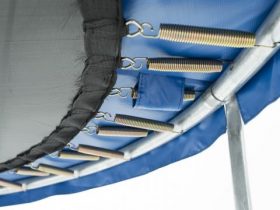



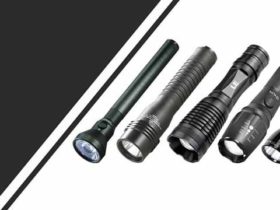

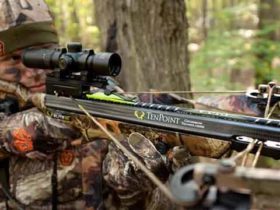

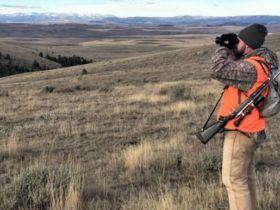

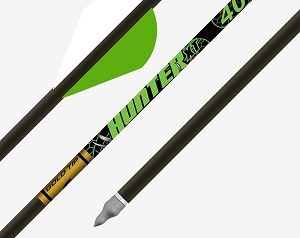
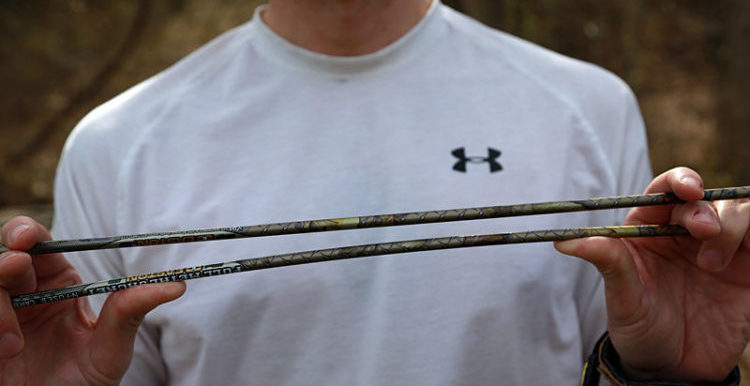
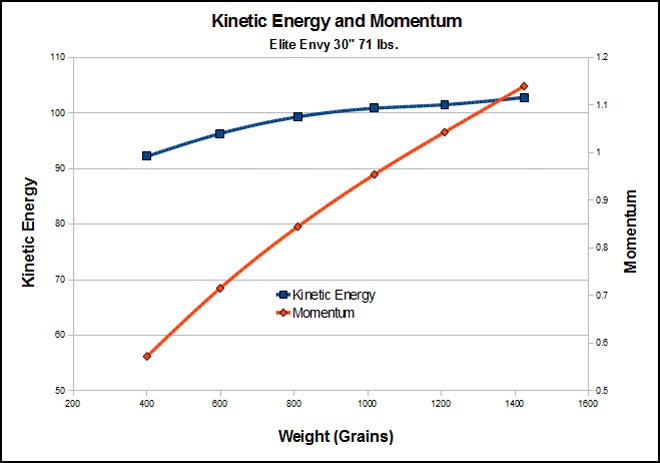
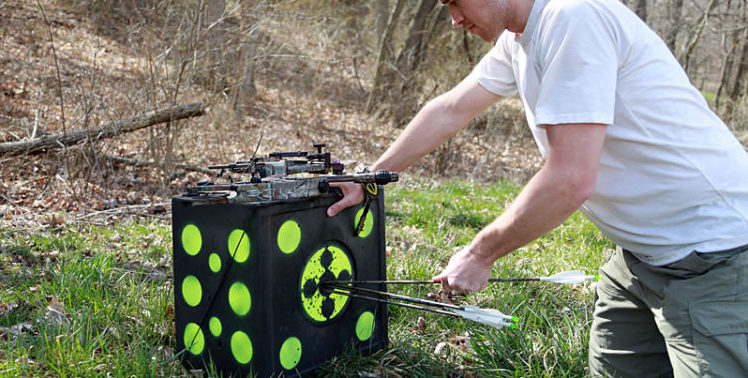




Leave a Reply
View Comments